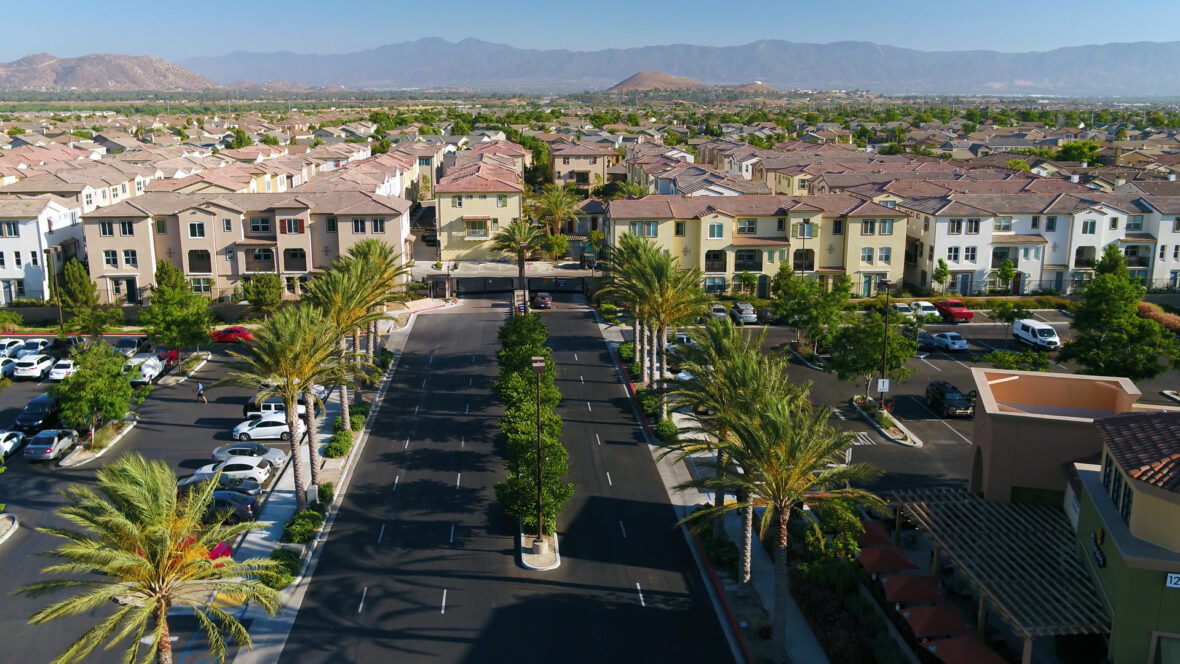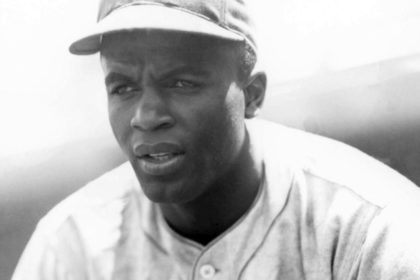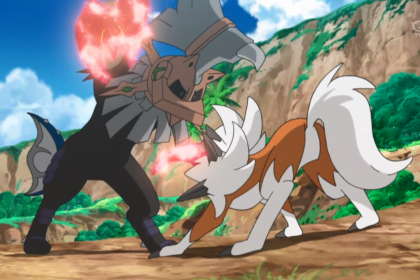Eastvale is a city located in northwestern Riverside County, California, in the Inland Empire region of Southern California. Take a look below for 20 fun and amazing facts about Eastvale, California, United States.
1. The area transitioned from a dairy farm enclave to a developed community starting in the 1990s and was formally incorporated on October 1, 2010.
2. As of the 2020 census, the city had a population of 69,757.
3. The city’s name is derived from “East Vale” as a listed school district in 1893 by the Riverside County Board of Commissioners.
4. The city’s boundaries extend from Hellman Avenue to the west (the San Bernardino County line), State Route 60 to the north (also the San Bernardino County line), the Santa Ana River and Norco to the south, and Interstate 15 to the east.
5. It is surrounded by the cities of Chino, Ontario, Jurupa Valley, Norco, and Corona.
6. The city is served by the highly accredited public school system – the Corona Norco Unified School District.
7. According to the 2020 United States Census, Eastvale has a median household income at one of the top earning percentiles in the country at $119,213.
8. The Eastvale region was part of the homeland of the indigenous Tongva people for about 8,000 years.
9. Specifically, the Tongva people had a large metropolis centered in Eastvale.
10. Recorded history of land in the far western side of present-day Riverside County and north of the Santa Ana River begins in 1838, when Mexican Governor Juan Alvarado, of the Alta California territory, granted Rancho Jurupa (some 48 square miles) to Juan Bandini.
11. The city of Eastvale now occupies approximately the westernmost one-quarter of former Rancho Jurupa land grant.
12. The Mexican–American War between the United States and Mexico ended in 1848 with the Treaty of Guadalupe Hidalgo, by which Mexico ceded Alta California and much other Southwestern land to the US. Two years later, on September 9, 1850, California became a U.S. state.
13. For 65 years, between 1889 and 1954, the Fuller family owned about 6 square miles of ranch land on the north side of the Santa Ana River. Almost half of present-day Eastvale, between Schleisman Road and the river, was included within the Fuller ranch’s boundaries.
14. Eastvale, often spelled with two words as “East Vale” in early days, was an elementary school district in Riverside County for more than 50 years, from County formation in 1893 until 1947 when the district was merged with Corona and Norco schools.
15. Once a rural area, Eastvale was predominantly dairy farms and agricultural until the late 1990s.
16. At that time, the area started to suburbanize to accommodate the influx of people coming from Orange and Los Angeles counties seeking more affordable housing.
17. Eastvale was one of several unincorporated areas of Riverside County that had strong community support for city incorporation. The passage of AB 1602 in the mid-2000s, a state bill that adds funds from vehicle license fees, made it easier for unincorporated areas to attain cityhood.
18. In 2008, the communities of Menifee, Sun City and Quail Valley merged and incorporated as the City of Menifee. The law also brought renewed interest in incorporation efforts for Mira Loma and Jurupa Valley (Mira Loma, Pedley, Glen Avon, Sunnyslope, and Rubidoux).
19. The community of Eastvale actively attempted to incorporate from the mid-2000s through 2010. The incorporation effort was being led by the Eastvale Incorporation Committee.
20. The incorporation effort was opposed by the Not NOW Eastvale group that was co-chaired by one of the 18 City Council candidates as well as other groups. These groups feared that the city had not developed a strong enough tax base to sustain itself as a city and all the responsibilities that come along with incorporation largely due to the dependence on state Vehicle License Fees (VLFs) for more than one third of the then proposed city’s revenue.




